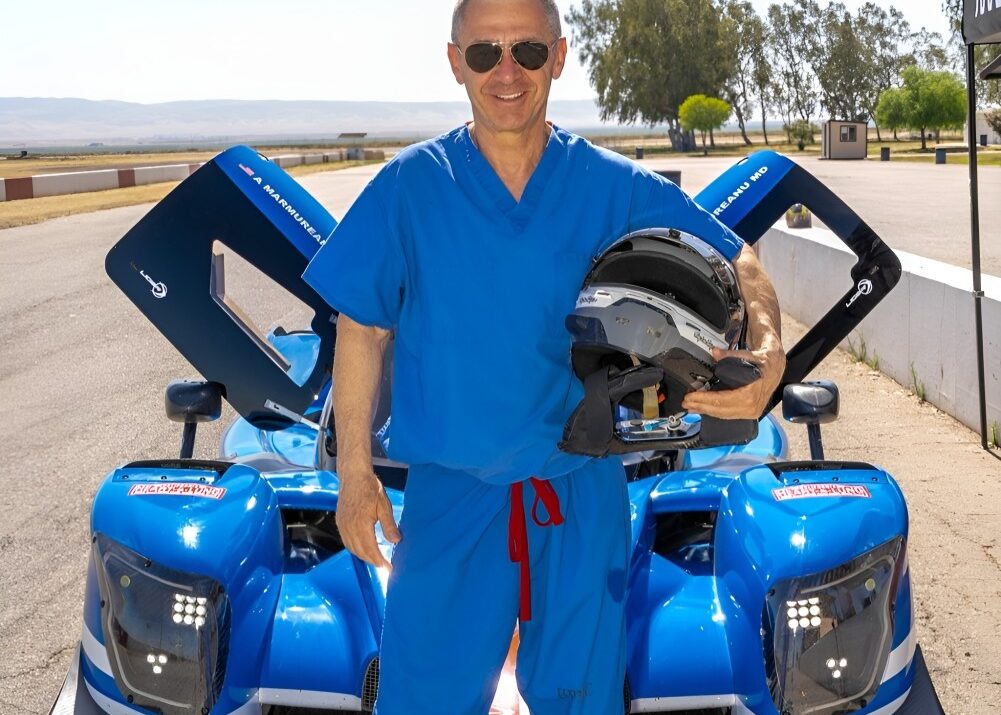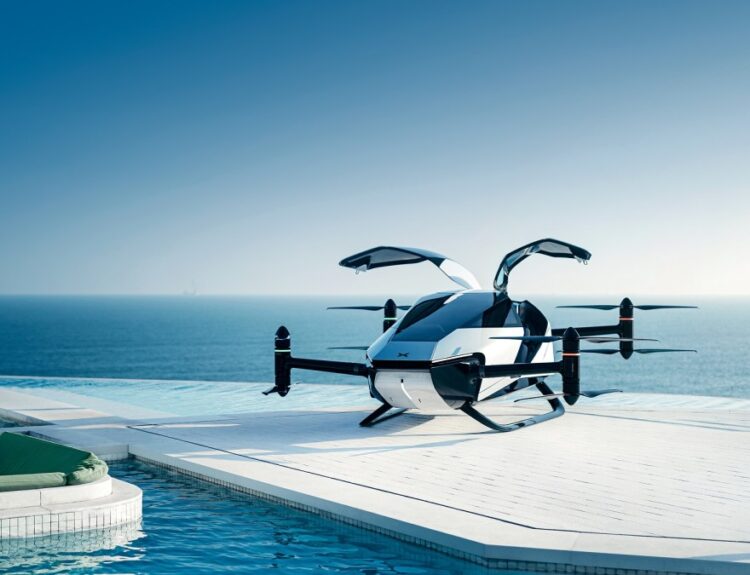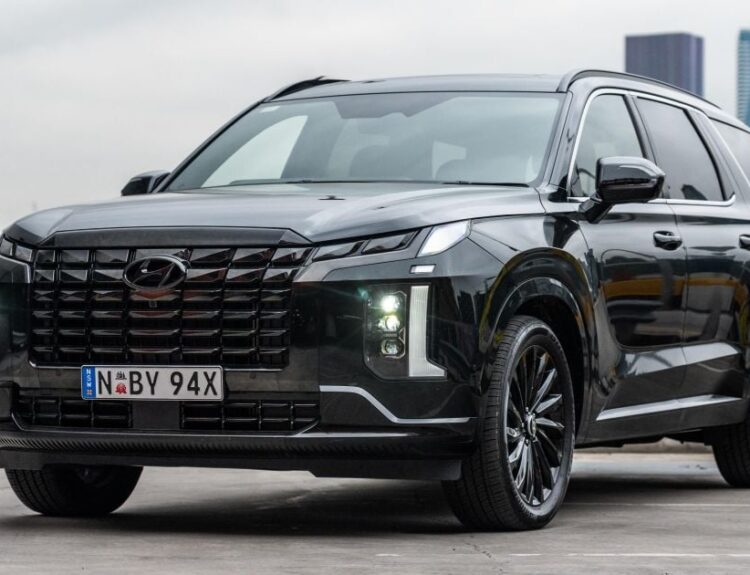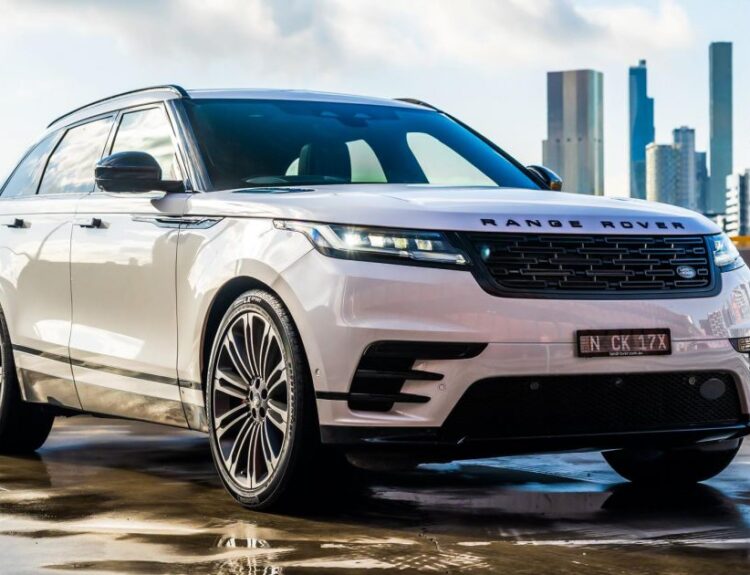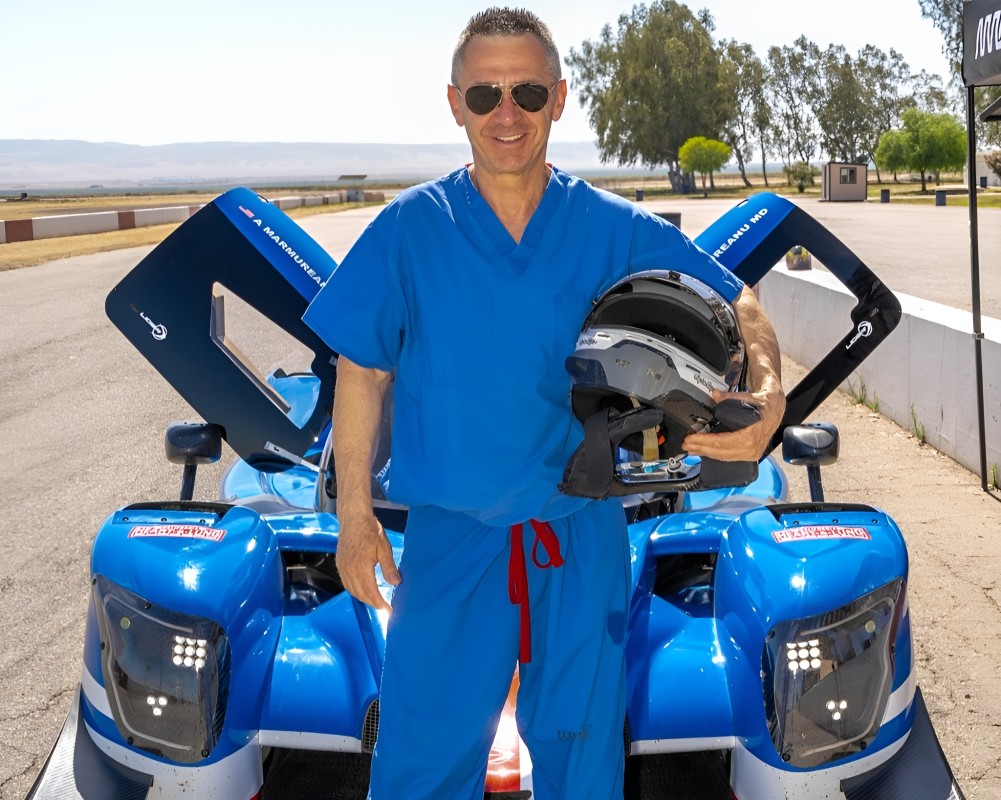
It’s not uncommon for professional racing drivers to juggle other careers outside the realm of motorsport; after all, few can sustain their livelihoods solely through racing. This often leads to a dual existence, not unlike performers balancing the stage with conventional employment. While many of these jobs may not lend themselves to the immediate skills necessary for chasing speed—who among us would expect a lawyer to gain insights on IMSA from bar exams?—there are exceptional individuals like Dr. Alexander Marmureanu, whose profession is inextricably linked to his passion for racing.
Related: The narrative behind my beloved 33-year-old Porsche 964
**Dr. Marmureanu and Forte Racing**
Cristian Coldea (COLDEA Productions)
If you happen to be on the starting line during the Mille Miglia, straining to absorb the piercing note of a flat-six engine reverberating through Italy’s picturesque landscapes, keep lookout for Dr. Alex Marmureanu. As he skillfully maneuvers his immaculate Porsche 356 Speedster, you might be surprised to learn that within days, he’ll consciously trade in his driving gloves for surgical scrubs to perform life-saving cardiac procedures, employing the same level of precision that propels him on the track.
From Dacias to Daytona
Dr. Marmureanu’s journey in motorsport began far from the sophisticated machines of today. His initial forays involved humble vehicles like Dacias, Renault 8 Gordinis, and AROs, which paved the way for a thrilling evolution into modern racecars, including a Porsche Manthey GT3R, Ligier LMP3 Prototype, Mitsubishi EVO VI, Lamborghini Urus, and Mercedes-Benz G-Wagon. Occasionally, he would also trade four wheels for two atop rare Soviet motorcycles such as the Izh and Ural.
“Racing within the confines of a communist regime demanded a unique blend of passion, innovation, and resilience,” Dr. Marmureanu reflects. “With scarce resources, mechanical breakdowns loomed as constant threats, yet they instigated creativity and fostered a strong sense of community. It was never merely about racing; it was about testing limits, demonstrating what could be achieved, and finding joy amidst adversity.”
Related: The legacy of innovation behind the Corvette ZR1: From simple roots to supercar icons
Surgery and Racing: A Surprising Parallels
Much of Dr. Marmureanu’s inspiration stems from familial roots; his father was a radiologist, and his mother practiced internal medicine. Both motorsport and the medical field command precision, technical acumen, and the capacity to make instant decisions in high-pressure environments. The adrenaline surfacing in races resonates with the urgency of the operating room, where each action bears significant consequences.
As he advanced into the realm of cardiothoracic surgery, he remained steadfast in his dedication to racing, fully embracing both disciplines. The analytical processes of studying telemetry and performance to enhance driving are akin to utilizing advanced imaging and robotics in surgical planning and execution. Both arenas demand adaptability, teamwork, and the ability to maintain composure when the stakes are highest.
“Whether navigating a high-speed apex or conducting a complex minimally invasive surgery, the fundamentals of preparation, precise execution, and an unwavering commitment to improvement remain constant. I often tell my peers that while a surgeon and a racecar driver should never succumb to fear, they must always vocalize concern,” he notes.
A Constant Presence at the Track
Dr. Marmureanu’s accolades as a racer are as extensive as his medical career. His competitive spirit has taken him to endeavors like the Baja 1000, Pike’s Peak, and events within the Porsche Carrera Cup North America and Lamborghini Super Trofeo, not to mention prestigious venues like the Daytona 24 Hours and Porsche Rennsport Reunion. The Mille Miglia holds a special sentiment for him, be it at the helm of his 1954 Porsche 356 Speedster, restored by John Willhoit, or alongside Ugo Beretta’s vintage 1947 Fiat Stella Alpina.
“Each race offers its own narrative—whether it revolves around camaraderie, hurdles faced, or hard-fought victories. I treasure every lesson gleaned from the laps I’ve completed,” he shares.
Thankfully, the challenges of maintaining race cars during the lean years of a communist regime are long behind him. Today, professional teams such as Flying Lizard Motorsports, Forte Racing/US Racetronics, MRS Racing, and Reardon Racing ensure his speed machines are in fine fettle.
Related: Will Lamborghini’s forthcoming electric future begin with a Taycan-based super sedan?
An Impressive Garage
His fascination with all things automotive extends into his personal collection, which includes an extraordinary piece: a decommissioned 1994 AM General Humvee once deployed by the U.S. Marines to tow aircraft in Afghanistan. While many opt for decorative centerpieces, Dr. Marmureanu instead boasts a 2008 Ducati Desmosedici RR, a limited-edition homologated racebike among just 1,500 units.
“Every vehicle symbolizes a unique chapter of my racing saga, reflecting the diverse challenges and rewards of motorsport. Intriguingly, driving different cars in a variety of events parallels surgery; every procedure is distinctive, necessitating adaptation to individual patients, their varied anatomies, and the different contexts and conditions of various hospitals,” he explains.
Racing with a Purpose
Beyond the racetrack and the operating table, Dr. Marmureanu is passionately engaged in charitable efforts. His international medical missions span all five continents, where he provides pro bono surgical care and trains local physicians in underprivileged areas. Moreover, he dedicates time mentoring young surgeons and advancing the field of cardiothoracic surgery through ongoing research and innovation.
Dr. Marmureanu at work
The Final Lap
“Navigating a vibrant lifestyle alongside meaningful contributions to medicine and society motivates me every day,” he states. “For me, it transcends merely finishing first in a race or executing a successful surgery; it’s about the legacy we cultivate and the lives we positively influence throughout our journey.”
Related: Think Jaguar’s new design is bold? Consider their history
Source:www.autoblog.com

